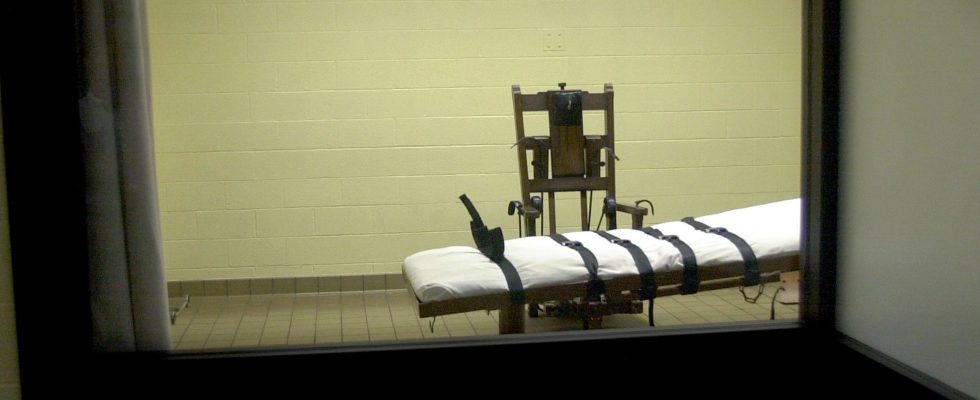A convict shot by a firing squad… It’s like being back in the days of the Civil War (1861-1865). And yet, the governor of Idaho has just signed a law that authorizes this practice. It is the fifth state, after Utah, Oklahoma, Mississippi and South Carolina to bring it back into force. Since the 1980s, the majority of executions have been carried out by lethal injection, a combination of three chemicals – a sedative to knock the inmate unconscious, followed by a paralyzing agent that stops breathing and another that causes arrest cardiac.
But pharmaceutical companies, aware of the bad publicity, have banned the sale of these substances to prison authorities. As a result, it is becoming increasingly difficult to obtain them, which has had the effect of considerably slowing down the number of executions. Many states have abolished or postponed them. Some try to get the chemicals from small labs that brew the lethal cocktail unchecked, or on the black market at great expense.
More radically, Arizona proposed that the condemned provide themselves, via their lawyer, the substances of the injection necessary for their own death! Other states are playing sorcerer’s apprentices and experimenting with new drug cocktails which, in several cases, have had a disastrous effect. In 2014, Joseph R. Wood III, author of a double homicide, took one hour and fifty-seven minutes to die, after being injected with the sedative Midazolam. He is not the only one.
“States have no desire to use these brutal techniques”
We no longer count the number of problematic executions. Blame it on the incompetence of prison staff with no medical training, on protocols not respected… Some States have therefore opted for methods deemed to be more effective, including the electric chair and the gas chamber with forced inhalation of nitrogen. Not to mention the firing squad. None have yet been used. Only Utah has had recourse to the peloton three times, the last time in 2010. For Richard Dieter, who heads the Center for Information on the Death Penalty, the States are bluffing: “They have no desire to employ these brutal and bloody techniques. But they send a message that we need lethal injections and doctors to administer them.”
Bringing these methods up to date opens a debate on their comparative merits. According to Doug Ricks, one of the authors of the law in Idaho, death by shooting is “humane”, because it is faster and less painful. But not more economical. Creating space for the firing squad will cost the taxpayer a whopping $750,000! Another elected official, also a Republican, warns of the trauma that shootings can cause to shooters and cleanup personnel.
At the same time, capital punishment is becoming rarer: 37 out of 50 states have abolished it or have not used it for at least ten years. There were 98 executions in 1998, compared to 18 last year. More than half happens in two states, Oklahoma and Texas. As for death sentences, they are constantly falling: 21 last year, against 315 at the peak in 1996, when there are 20,000 crimes per year. The reasons are many. In addition to the shortage of chemical products, public opinion is less and less favorable to it. Multiple miscarriages of justice and gross racial injustices in recent years have made prosecutors and jurors more cautious.
In addition, advances in DNA have led to courts reopening cases, slowing down the process. “Finally, from a practical point of view, the elected officials understand that the death penalty is not worth it: each case amounts to millions of dollars and taking into account the legal remedies, the prisoner is executed twenty or thirty years more later”, continues Richard Dieter, who believes that the movement to abandon the death penalty will continue. In the meantime, the Idaho law will be subject to legal action. And is not about to enter into force.
